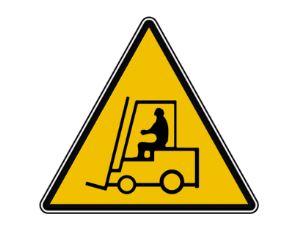September 2019 Newsletter

Ken's Korner, MLA National Mangers' Conference 2019, Can improving safety in your workplace also improve efficiencies?, It all started with a flat battery, Aquisitions Fuel MLA's expansion issue of the MLA Newsletter:
Ken's Korner
Wow! Another financial year over already, and another successful one for MLA as we continue our long run of profitable years and continued growth.
The standout growth feature of 2018-19 was our purchase of Hunter Forklifts in Newcastle.
For the full article please download the pdf here.
MLA National Mangers' Conference 2019
With the 2018-19 financial year closed, the month of July saw MLA Head Office host the 2019 National Managers’ Conference. The three-day conference brought branch managers to Sydney to plan for continued success in the new financial year.
Managing Director Ken Rathgen welcomed everyone to the conference and Operations Director Matt Saunders outlined the conference goals. “MLA has a lot of strategically important opportunities to develop in the coming year and specific actions and programs to drive sustainable improvement that will be implemented with the branch managers leading their teams,” he said.

For the full article please download the pdf here.
Can improving safety in your workplace also improve efficiencies?
Business is constantly seeking to improve workplace safety and efficiency. There is sometimes concern that adding safety elements will crimp efficiency. MLA can show how safety and efficiency go hand in hand.
Take Torresan Estate, a McLaren Vale winery, bottling and warehousing business with brand new bottling lines in South Australia. When it was looking for replacement forklifts, it needed a bespoke solution. Any new forklift needed to use minimal aisle space because of a tight warehouse environment. Another requirement was the capacity for advanced manoeuvrability due to surroundings with sensitive production equipment....

For the full article please download the pdf here.
It all started with a flat battery
Australian specialty wholesale bakery Wild Breads Pty Ltd first contacted MLA back in 2013, seeking to trade in an old pantograph reach truck with a dead battery.
MLA Queensland’s Neil Waters quoted a new Reach Truck RB14N from the Mitsubishi European factory with full freezer protection. And to help Wild Breads Pty Ltd through, MLA technicians kept the old reach truck running with a new battery until the special-order Mitsubishi was available.
For the full Article please download the pdf here.
Acquisitions Fuel MLA's Expansion
Congratulations go to Martin Gauci on winning the MLA 2017 salesperson of the year award. This is the sixth year in a row that Martin has won this award, which speaks to his absolute passion and dedication. Martin knows forklifts inside out and has been selling our Mitsubishi machines for nearly 20 years. Before that, he worked as a motor mechanic and supervisor with Mitsubishi and also ran his own business for 13 years...

For the full Article please download the pdf here.



 />
/>









